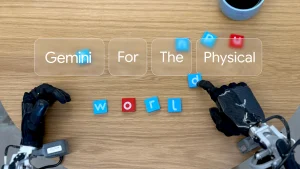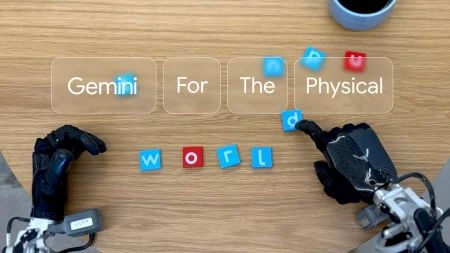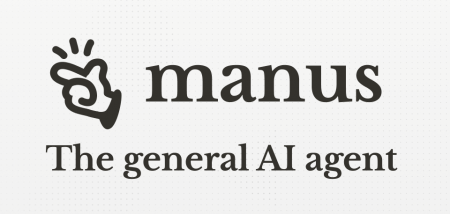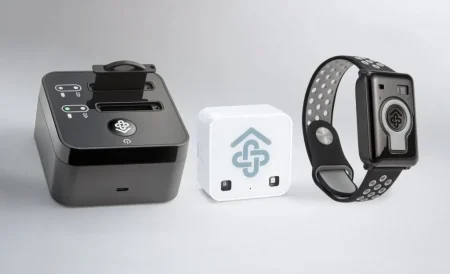Before we have even launched 5G mobile technology, 6G is already making a splash and threatens to change the world beyond recognition, writes Satyen K. Bordoloi
Technology is developing at such a breakneck speed that before we even get used to a new product, something better arrives on the market. 5G is yet to roll out with parts of the world still reliant on 2G and 3G, yet 6G i.e., the sixth-generation wireless communications technologies supporting cellular data networks, is slated to transform the world further still.
For previous generations, the key differentiator was speed. 3G started getting close to landline broadband speeds, 4G gave a glimpse of the transformation possible but it is with 5G that we finally skip the debate about speed and jump to the Internet of Things (IoT). The IoT world envisions a chip in almost everything and having these things communicate with each other.
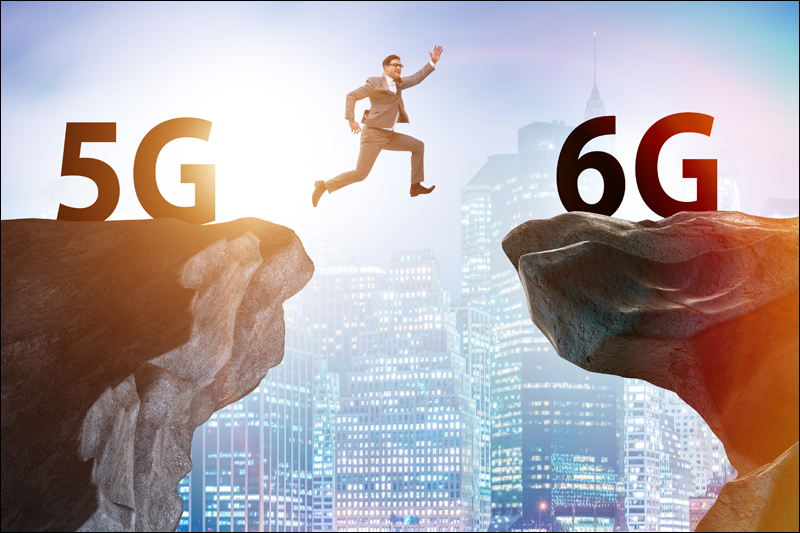
5G brings fully autonomous, always connected self-driving cars into the realms of possibility. Vehicles on the roads have to ‘talk’ to each other in real-time, with speed while transmitting a ton of data back and forth via such networks. What 6G does – with speeds 8000 times faster than 5G – is make this flawless.
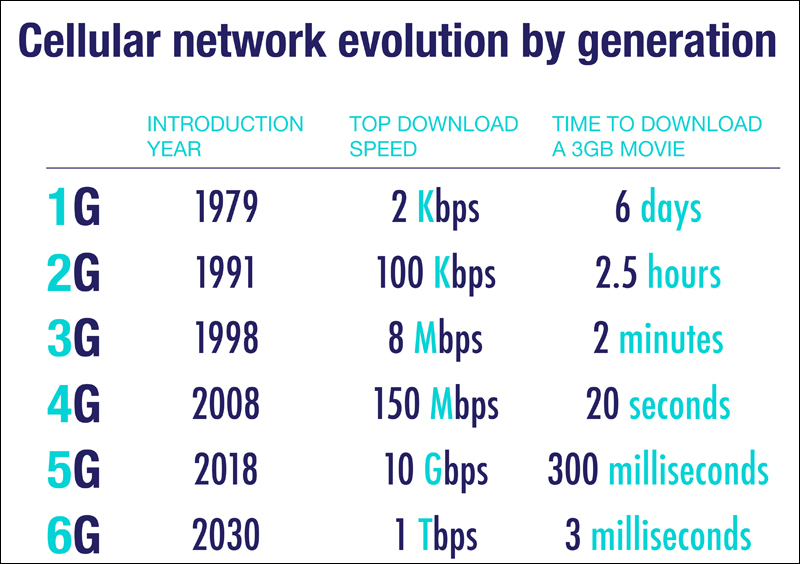
At a basic level, 6G networks could theoretically offer, as Dr. Mahyar Shirvanimoghaddam of the University of Sydney states, speeds of 1Terabyte (TB) per second i.e. 1000 Gigabyte (GB) or 8,000 gigabits per second.
That 2TB hard disk you store all your data in and takes hours to transfer files, can be filled in 2 seconds with 6G. Broadcasting Netflix in the highest definition requires 56 GB of data per hour, this means with 6G you’d be able to download over 142 hours of high-quality content every second.
6G enabling such high data transfer allows for a new kind of filmmaking. Virtual Reality films where you can move your head or headset to see all around, exist. But its true potential will be reached only with the kind of connectivity 6G allows where you not only can move in to watch any angle, you can zoom in on any portion you want.
Your online game visuals like that of PUBG will have greater clarity – and thus seemingly more real than reality experienced with the naked eye. Beaming a holographic image of a person live into a meeting would be possible because of the huge amount of data transfer allowed. Thanks to extremely high-resolution 360-degree cameras, the person in the hologram will actually be able to see everything with the clarity of someone in the room. Forget metaverse, this sort of interaction with reality from afar opens up fantastical possibilities.
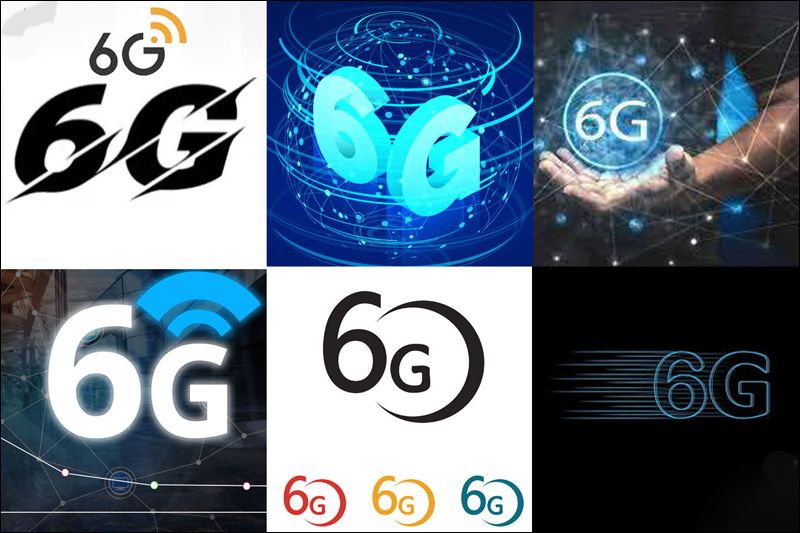
6G would require the transformation of not just connectivity, but the entire digital, computing ecosystem. What will you do with 1TB/second speed if your mobile – like most mobiles today – can’t even store that much? Storage capacity will have to improve, chips will have to be exponentially better, and cameras would need to record not in 4K, but perhaps 40K resolution.
Cameras will thus have to undergo a massive transformation. Today full-HD is the standard and 4K is the aspiration. By 2030 when 6G is expected to begin rollout, the standard could become 12K and 24K the aspiration.
Take medicine and healthcare. With 6G, a surgeon sitting 1000 miles away would be able to carry out a delicate operation. A super-high-resolution camera will give her a better view than if she were operating live on the person because this video would come with the option to zoom into the smallest portions and see clearly. Two high-precision robotic arms connected to the doctor through 6G, would carry out incisions and stitches to perfection.
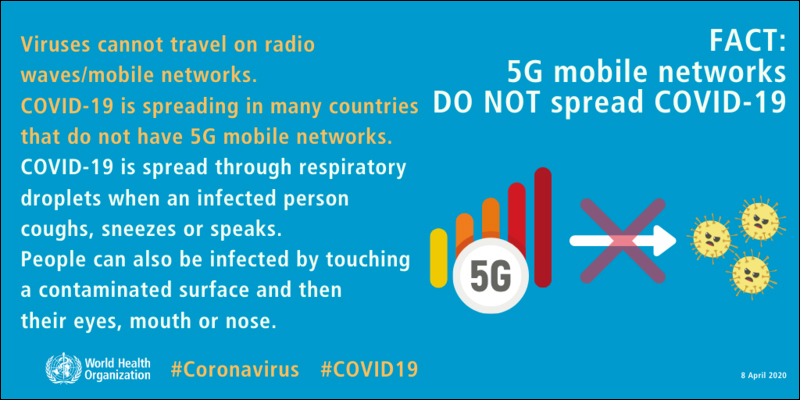
Scientists are talking about BCI – Brain-Computer Interface, a sort of bridge between a brain and an external device. We already can use multiple sensors and complex algorithms to analyse brain signals with non-invasive devices like wearable headbands, smart specs, and earbuds. With these devices receiving, transmitting, and analysing much more data on the go, we are talking of feats like driving a forklift 2000 miles away in real-time to lift a ton without lifting a single visible muscle in our body.
6G would thus drive the manufacturing sector. Almost everything a decade from now will come with an internet-enabled chip. Some fridges can already tell you if you are out of curd. You can switch on your home AC from the office. Some shoes too come loaded with internet-enabled sensors, so do shirts. There are diapers with sensors that tell you if the toddler needs a chance. This world of hyperconnectivity will be hyper-enabled by 6G.
Throw Artificial Intelligence into the mix and the limits of possibility become your imagination, not technology.
What is possible with 6G is thus limitless, and there’s nothing we can be sure of except one: the world of 6G will be as unrecognizable from its previous generations, as the world of the internet is to the one before it.
In case you missed:
- AIoT Explained: The Intersection of AI and the Internet of Things
- You’ll Never Guess What’s Inside NVIDIA’s Latest AI Breakthrough
- Why a Quantum Internet Test Under New York Threatens to Change the World
- AI Taken for Granted: Has the World Reached the Point of AI Fatigue?
- Microsoft’s Quantum Chip Majorana 1: Marketing Hype or Leap Forward?
- Why is OpenAI Getting into Chip Production? The Inside Scoop
- Google’s Willow Quantum Chip: Separating Reality from Hype
- A Data Centre on the Moon – From Sci-Fi to Necessity
- The Path to AGI is Through AMIs Connected by APIs
- Bots to Robots: Google’s Quest to Give AI a Body (and Maybe a Sense of Humour)


